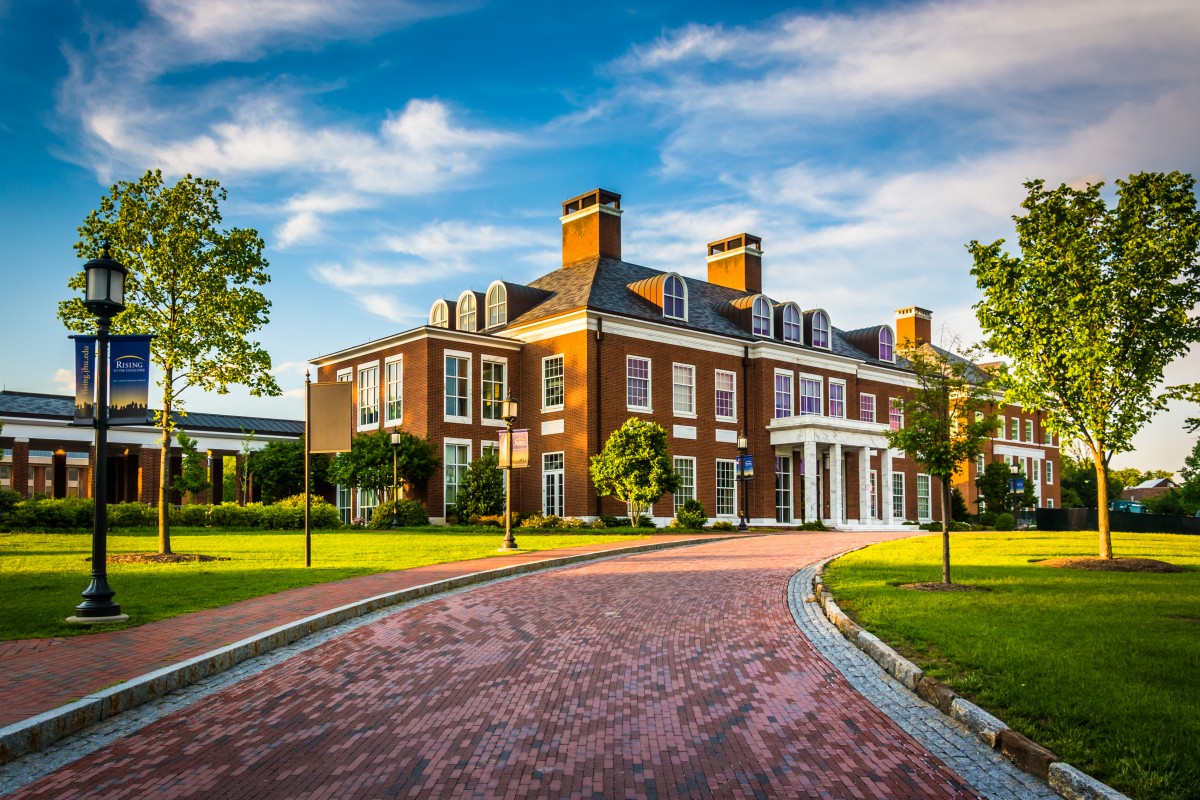
There are 53 higher education institutions worldwide that are well-positioned to catch up with current world-leading universities like Oxbridge and the Ivy League, according to a new Times Higher Education report.
Unlike top-tier “old stars” like Harvard, these global “international powerhouses” are notably younger but have a “greater chance” among their peers to one day surpass the current crop of elite universities.
THE data scientist Billy Wong created the list using 980 universities’ citation scores and reputation votes across eight broad subject areas. They were then grouped into 10 clusters, based on their “proximity” and thus, similarity to other schools.
Trends and similarities
The analysis reveals that the “international powerhouses” include institutions in 11 countries across North America, Europe and the Asia-Pacific region, although the American institutions took up more than half of the places (28).
THE‘s analysis shows the traditional elites are “well-rounded” institutions with strong standing and citations across all major subject areas, while the new powerhouses generally shine in a smaller number of subjects, especially clinical disciplines, instead of the arts.
Top performers include Imperial College London, University College London and Johns Hopkins University.
The clout of these “second tier” schools’ research tend to eclipse their prestige too, such as those from Heidelberg University, University of Sydney and Ohio State University.
Multifarious investment in research
For the University of Sydney, it was its heavy investment in large-scale multidisciplinary research since 2010 that has lured “very strong and highly cited researchers” to the school, according to Michael Spence, its vice-chancellor.
Whereas for Heidelberg University, its high percentage of PhD students (one-sixth are at PhD level) and the fact that it is the only institute in Germany to have two separate medical faculties (in Heidelberg and Mannheim) were likely key factors that contributed to its achievements in basic research and clinical subjects, according to vice-chancellor Stephen K. Hashmi.
Caroline Whitacre, Ohio State University’s senior vice-president for research, pointed to her school’s success in citations to two initiatives: one, their “gateways” in China, India and Brazil to conduct international research projects with scholars in those countries; and two, a school-wide programme to hire 350 new academics to solve “global problems” over a 10-year period.
THE‘s analysis also found that these powerhouses are “generally much younger” than the current crop of elite schools, with an average age of 180 years. This is unlike the top 10 established schools, which have an average age of 350 years, according to the 2016-17 THE World University Rankings.
THE‘s Wong advised up-and-coming universities aiming to join the international powerhouse group to follow California Institute of Technology‘s lead, i.e. build their brand and reputation by focusing on one or two subjects “where they can excel”, instead of building “broad-based excellence like Oxford and Cambridge”.
Here are the top 10 international powerhouse universities, ranked by overall score in THE World University Rankings:
| No | University | Country | World rank |
|---|---|---|---|
| 1 | California Institute of Technology | United States | 2 |
| 2 | Imperial College London | United Kingdom | 8 |
| 3 | ETH Zurich – Swiss Federal Institute of Technology Zurich | Switzerland | 9 |
| 4 | University of Chicago | United States | 10 |
| 5 | University of Pennsylvania | United States | 13 |
| 6 | University College London | United Kingdom | 15 |
| 7 | Johns Hopkins University | United States | 17 |
| 8 | Duke University | United States | 18 |
| 9 | Cornell University | United States | 19 |
| 10 | Northwestern University | United States | 20 |
Source: THE
Liked this? Then you’ll love these…
Times Higher Education ranks top 100 universities for student-to-staff ratio
Times Higher Education announces reforms to its World University Rankings







